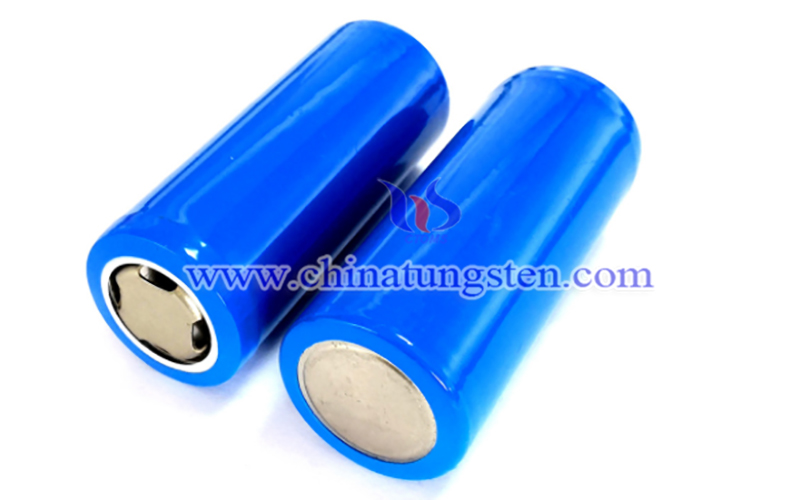Cobalt-Free Batteries or Boost Demand of Tungsten Trioxide
- Details
- Category: Tungsten's News
- Published on Thursday, 16 July 2020 21:27
Cobalt-free battery's increments may boost the growth of tungsten trioxide demand. Recently, in the background of the global macroeconomic downturn, low-cost cobalt-free batteries have once again become the hottest topic in the field of energy storage. The advent of the era not only reduce the pressure of automobile manufacturers but also promote the new mineral resources, such as tungsten ore.
Tungsten trioxide or tungstic anhydride, WO3, is a chemical compound containing oxygen and the transition metal tungsten. It is obtained as an intermediate in the recovery of tungsten from its minerals. Tungsten ores are treated with alkalis to produce WO3. Further reaction with carbon or hydrogen gas reduces WO3 to the pure metal.
According to materials researchers, the ultrafine particles of WO3 can be a good substitute for the cobalt element in commercial ternary batteries. In addition to ensuring that the battery products produced have high safety, they can also alleviate the problem of cobalt supply to some extent.

In 2020, after experiencing the epidemic crisis, the power battery industry became lively again. On May 18 this year, SVOLT Energy Technology officially released two zero-cobalt batteries, namely 115Ah capacity cobalt-free batteries and L6 thin cobalt-free long batteries. SVOLT started pre-research work on batteries in 2012. The company is committed to spearheading innovation in the manufacturing and R&D of the next generation of battery materials, cells, modules, systems, BMS, energy storage systems, and solar technology. It is the first company in the world to successfully develop a cobalt-free battery. While can cobalt-free batteries be equivalent to lithium iron phosphate batteries?
Cobalt is a rare metal, and its reserves around the world are quite limited and expensive. It is reported that the global cobalt reserves in 2019 are about 7 million tons, of which more than half are in Congo, and the local political situation has been unstable for a long time, resulting in great uncertainty in the export of cobalt ore. In addition, coupled with the previous increase in the popularity of 5G mobile phones, the demand for cobalt is increasing. It is expected that after 2026, cobalt will be in short supply, which will cause its prices to rise further and remain high.
In the ternary polymer lithium battery, cobalt plays an important role in maintaining the stability of the basic structure, improving the material's cycle and rate performance, and reducing the internal resistance of the cell.
With years of continuous efforts, scientists have discovered that tungsten trioxide ultrafine particles are expected to become the preferred additives for the anode materials of cobalt-free batteries. This is mainly because: in terms of cost, the price of tungsten material is relatively reasonable. As for the performance, the theoretical capacity of WO3 powder is as high as 693mAh/g, the weight loss on ignition is less than 0.05%, and the ion transmission rate is far It is 12cm2/Vs more than titanium dioxide. It can be more conducive to the movement of lithium ions in the body, thereby improving the structural stability and cycle performance of the product.
Therefore, tungsten trioxide semiconductor materials are likely to replace cobalt in ternary materials in the next few years. The arrival of cobalt-free batteries may boost the demand for tungsten trioxide.
- Tungsten Manufacturer & Supplier, Chinatungsten Online: www.chinatungsten.com
- Tungsten News & Prices of China Tungsten Industry Association: www.ctia.com.cn
- Molybdenum News & Price: news.molybdenum.com.cn
- Tel.: 86 592 5129696; Fax: 86 592 5129797; Email: sales@chinatungsten.com



 sales@chinatungsten.com
sales@chinatungsten.com